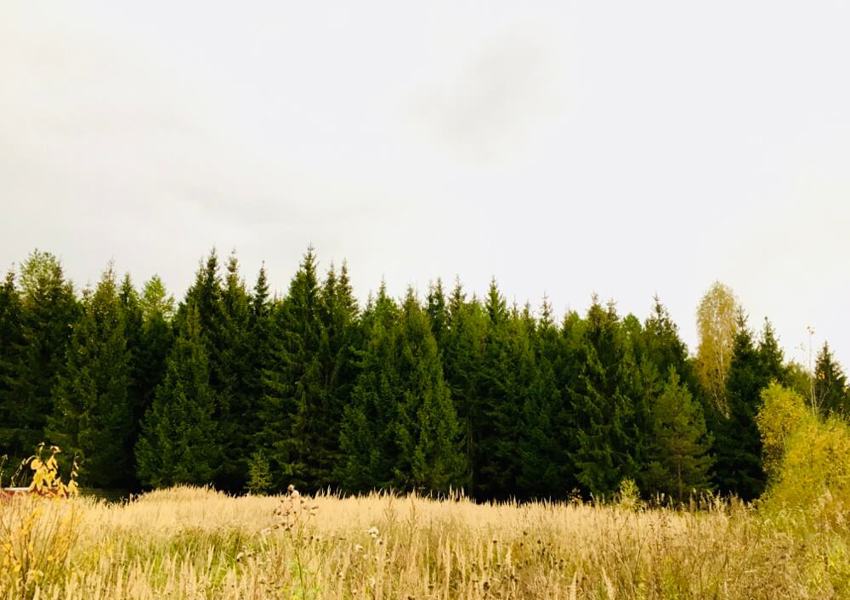

Carbon Sequestration in Woody Vegetation
While it's not yet possible to offset GHG emissions at a farm level, this will very likely change. 'He Waka Eke Noa' is working to determine what forests and on-farm tree plantings may be eligible to offset farm GHG emissions moving forward.
In the interim it is recommended that farmers plan and record areas of forest on their land in order to be well positioned for this eventuality.
Increasing sequestration on farm land is achievable through areas of woody vegetation, whether exotic or native, permanent forest, or plantation forestry.
Woody vegetation refers to land cover dominated by woody plants such as trees, scrub or shrubs. Carbon photosynthesised by woody vegetation to form the trunks, branches, foliage and roots is collectively refered to as biomass. Approximately 50% of a forest's biomass is sequestered carbon, making it an essential carbon sink.
The amount of carbon sequestered depends on plant species, age of the plant, stage of growth, climate, and soil type. To calculate the amount of carbon stored it is also necessary to account for: above-ground live biomass, below-ground live biomass, above-ground woody debris, and fine litter on the ground.
Calculating carbon stocks for the Emissions Trading Scheme (ETS):
To determine the sequestration potential of a forest block the following data needs to be quantified:
- Plant species (or dominant species in a mixed species forest).
- Trees reaching at least 5m height when mature.
- Width of tree block
- Canopy cover.
- Geographic region.
- Age of forest (Planted post 1989)
Additional actions farmers can take to improve sequestration potential include: Retiring less productive areas and planting in natives or exotic forestry; Planting shelter belts; Collaborating with neighbours and council to form catchment groups; Planting of riparian areas.
Controlling pests, diseases, and weeds in planted areas are additional suggested actions to increase sequestration, enhance biodiversity and help support healthy freshwater outcomes by reducing erosion risk and providing riparian habitat.
In summary, carbon sequestration in woody vegetation is vital to reducing GHG emissions. It is essential to calculate the amount of carbon stored in the forest and report the annual sequestration accurately. It is recommended to start recording areas of forest on farm properties and to take actions to increase sequestration by planting additional areas of woody vegetation.